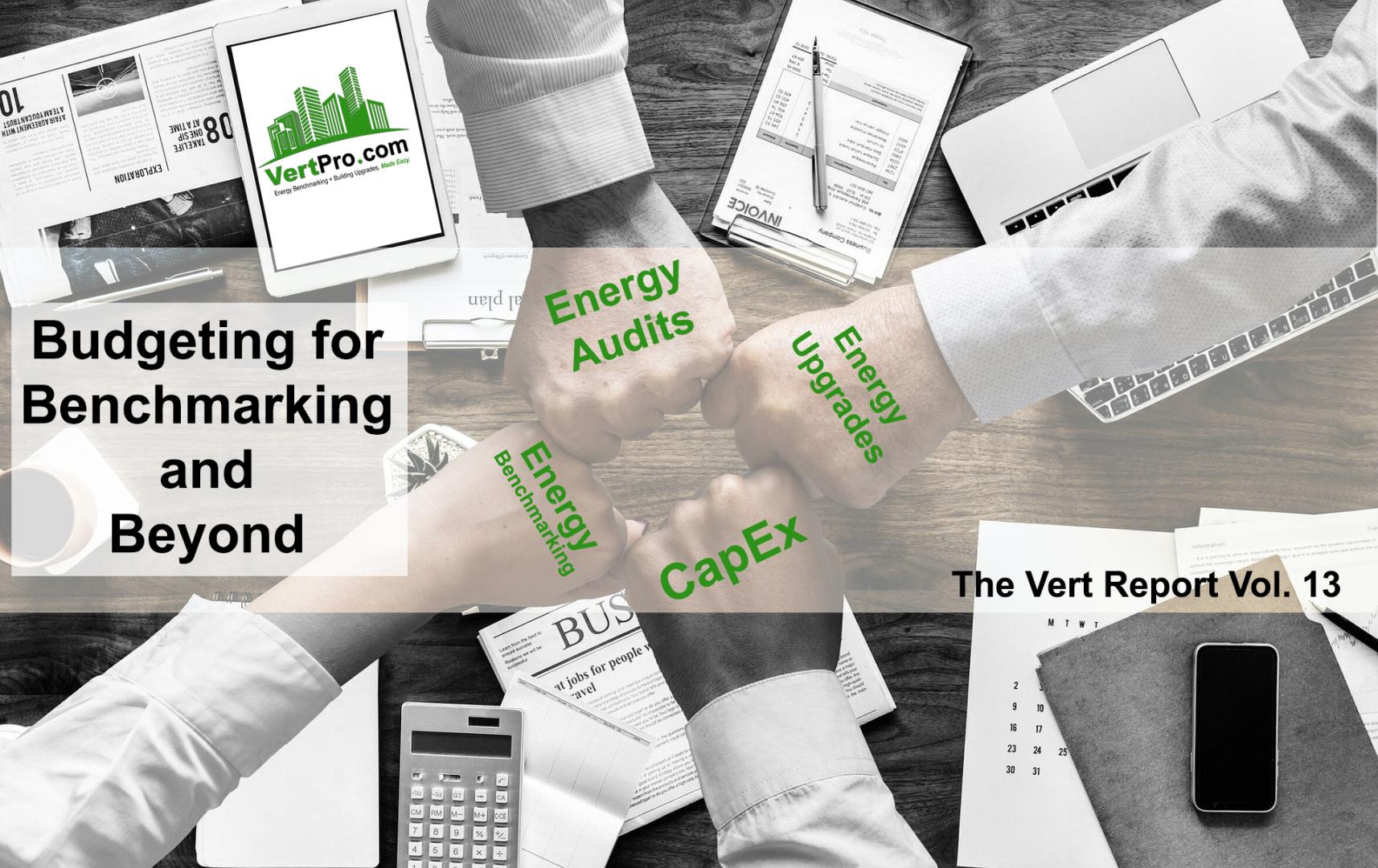One of the most important global challenges of our day is climate change. The built environment, which includes office buildings and homes, contributes to carbon emissions. According to the World Economic Forum, about 33% of the world’s carbon emissions come from energy used to power buildings. Therefore, lowering energy use in buildings is essential for climate change mitigation.
Energy benchmarking is a useful strategy for lowering building energy use. Energy benchmarking is assessing a building’s energy efficiency and contrasting it with that of comparable structures. This procedure identifies chances to boost energy efficiency and points up areas that need improvement.
In this article, we will look at the advantages of energy benchmarking and how it can lower your carbon footprint. We will talk about the benefits, which range from cost savings and higher effectiveness to better building performance and increased sustainability. Additionally, we will look at a few of the typical difficulties with energy benchmarking and offer workable answers to them. You will have a good knowledge of the significance of energy benchmarking and how to successfully apply it in your building by the conclusion of this essay.
1. Understanding Energy Benchmarking
Comparing a building’s energy performance to a standard or set of standards is a procedure known as Energy Benchmarking. The procedure entails monitoring the energy usage of a facility and looking for areas that might be improved. Here are some more specifics:
How Energy Benchmarking Works
Energy benchmarking involves collecting data on a building’s energy usage, including electricity, gas, and water usage. The data is then compared to a set of standards or benchmarks to determine the building’s energy performance. Some of the common benchmarks used for energy benchmarking include:
Once the energy performance is determined, building owners and managers can identify opportunities for improvement and develop a plan to reduce energy consumption.
Types of Energy Benchmarking
There are several types of energy benchmarking, including:
- Whole building benchmarking
- Portfolio benchmarking
- Targeted benchmarking
Whole building benchmarking involves comparing the energy performance of an entire building to a set of standards. Portfolio benchmarking compares the energy performance of a group of buildings, while targeted benchmarking focuses on specific areas or systems within a building.
Importance of Energy Benchmarking
Energy benchmarking is important because it enables building owners and managers to make informed decisions about energy usage, reduce energy waste, and save money. By benchmarking energy usage, building owners can:
- Identify areas of improvement
- Set energy performance goals
- Prioritize energy efficiency upgrades
- Track progress and measure results
Overall, energy benchmarking is a powerful tool that can help building owners and managers reduce their carbon footprint and contribute to a more sustainable future.
2. How to Implement Energy Benchmarking
 Energy benchmarking implementation calls for a systematic process that includes conducting energy audits, acquiring energy data, establishing performance targets, and pinpointing areas for improvement.
Energy benchmarking implementation calls for a systematic process that includes conducting energy audits, acquiring energy data, establishing performance targets, and pinpointing areas for improvement.
Conducting Energy Audits
Conducting an energy audit is the first step in implementing the energy benchmarking process. An energy audit involves evaluating a building’s energy use and identifying potential areas for improvement. The audit can be conducted by an energy consultant or performed in-house by building staff.
During an energy audit, the following steps are typically taken:
- Review of energy bills
- Walkthrough of the building to identify energy systems and usage
- Review of maintenance logs
- Interview with building staff to identify energy issues
Gathering Energy Data
Gathering energy data is the second step in implementing the energy benchmarking process. Building owners and managers can gather energy data by:
- Collecting energy bills
- Installing sub-meters to track energy usage by the system or tenant
- Implementing a building automation system to track energy usage in real-time
The energy data should be collected regularly, such as monthly or quarterly, to ensure energy usage trends can be identified.
Setting Performance Goals
Setting performance goals is the third step in implementing energy benchmarking. Performance goals should be based on industry standards and best practices. Some of the common performance goals include gaining either:
- Energy Star certification
- LEED certification
- Green Globes certification
The performance goals should be challenging yet achievable.
Identifying Opportunities for Improvement
Identifying opportunities for improvement is the fourth step in implementing energy benchmarking. Building owners and managers can identify opportunities for improvement by:
- Analyzing energy data
- Conducting a cost-benefit analysis of potential upgrades
- Prioritizing upgrades based on cost and energy savings potential
Some of the areas for improvement include lighting, HVAC systems, and building envelopes.
3. Benefits of Energy Benchmarking
Energy benchmarking offers several benefits, including cost savings, increased efficiency, improved building performance, and enhanced sustainability.
Cost Savings
One of the most significant benefits of energy benchmarking is cost savings. By identifying areas for improvement and implementing energy efficiency upgrades, building owners and managers can reduce energy consumption and save money on energy costs. According to the Environmental Protection Agency (EPA), buildings that benchmark energy usage can save up to 7% annually on energy costs.
Increased Efficiency
By locating energy wastage, energy benchmarking also contributes to efficiency growth. Building owners and managers may decrease energy waste and boost the effectiveness of their building systems by adopting energy efficiency enhancements. This can therefore result in enhanced building performance and greater occupant comfort.
Improved Building Performance
Building owners and managers may enhance the efficiency of their building systems by identifying potential areas for improvement and putting those improvements into practice. Numerous advantages may result from this, including better maintenance of building systems, enhanced occupant comfort, and improved indoor air quality. In the end, energy benchmarking may assist property owners and managers in improving the experience for their renters or residents while also lowering their carbon footprint and promoting a more sustainable future.
Enhanced Sustainability
Enhancing sustainability through energy benchmarking may be beneficial. Reduced energy use may help building owners and managers lower their carbon impact and advance a more sustainable future. Building managers and owners may increase the lifespan of building systems and encourage sustainable practices by installing energy efficiency modifications. These advantages can result in cost savings over the long run and better building performance in addition to having a favorable effect on the environment. In the end, energy benchmarking may assist building managers and owners in meaningfully influencing the future to be more resilient and sustainable.
4. Challenges of Energy Benchmarking

While there are many benefits to energy benchmarking, there are also some challenges that building owners and managers should be aware of. Some of the common challenges include:
Data Collection
Accurately gathering energy data can be a challenging task, particularly for buildings with multiple tenants or submeters. Collecting energy data can be time-consuming and expensive when dealing with renters or subcontractors, and building owners and managers may be required to address these challenges.
Fortunately, there are several solutions available to simplify the data collection process. For example, building owners and managers can invest in smart meters, which can automatically monitor and report energy usage data in real-time. Additionally, implementing energy management systems can provide a centralized platform for tracking energy consumption across multiple buildings and tenants.
Cost
While implementing energy benchmarking and energy efficiency upgrades can be beneficial for building performance and sustainability, they can also come with a significant price tag. Building owners and managers need to carefully consider the costs of upgrades against the potential energy savings to determine if the investment is worthwhile.
Fortunately, there are several financing options available to help building owners and managers implement energy efficiency upgrades without breaking the bank. For example, government grants and incentives may be available to support building upgrades, and energy service companies (ESCOs) can provide financing solutions to help offset upfront costs.
Lack of Expertise
Implementing energy benchmarking and energy efficiency upgrades requires a certain level of expertise in energy management and building systems. Building owners and managers may need to hire energy consultants or provide training for their staff to ensure that these practices are implemented effectively.
Expert energy consultants can provide valuable insights into building systems and energy usage patterns, helping building owners and managers identify areas for improvement and develop strategies for optimizing energy efficiency. In addition, providing staff training on energy-efficient practices can help ensure that building systems are used efficiently and that energy-saving opportunities are not missed.
Conclusion
In conclusion, energy benchmarking is a practical and effective way to reduce carbon footprint and improve building performance. By implementing energy benchmarking, building owners and managers can save money on energy costs, reduce greenhouse gas emissions, and contribute to a more sustainable future. Although challenges exist, the benefits of energy benchmarking outweigh the costs, making it a worthwhile investment. We encourage building owners and managers to embrace energy benchmarking and make a positive impact on the environment.
If you are looking for an Energy Benchmark expert for your property, contact us at VertPro.com! We are an award-winning Energy Benchmarking and Audit Consultancy, recognized on Inc. 5000, providing innovative SaaS technology-based solutions for Building Owners & Property Managers to Simplify Energy Compliance with all 50+ Energy Benchmarking & Energy Efficiency Laws Nationwide. From Energy Benchmarking to Energy Audits/RCx Plus and Construction Marketplace, VertPro® has you covered.






 Here are the benefits of LA Benchmarking:
Here are the benefits of LA Benchmarking:
 According to the
According to the 

 Search by Zip to Find Applicable Energy Laws
Search by Zip to Find Applicable Energy Laws